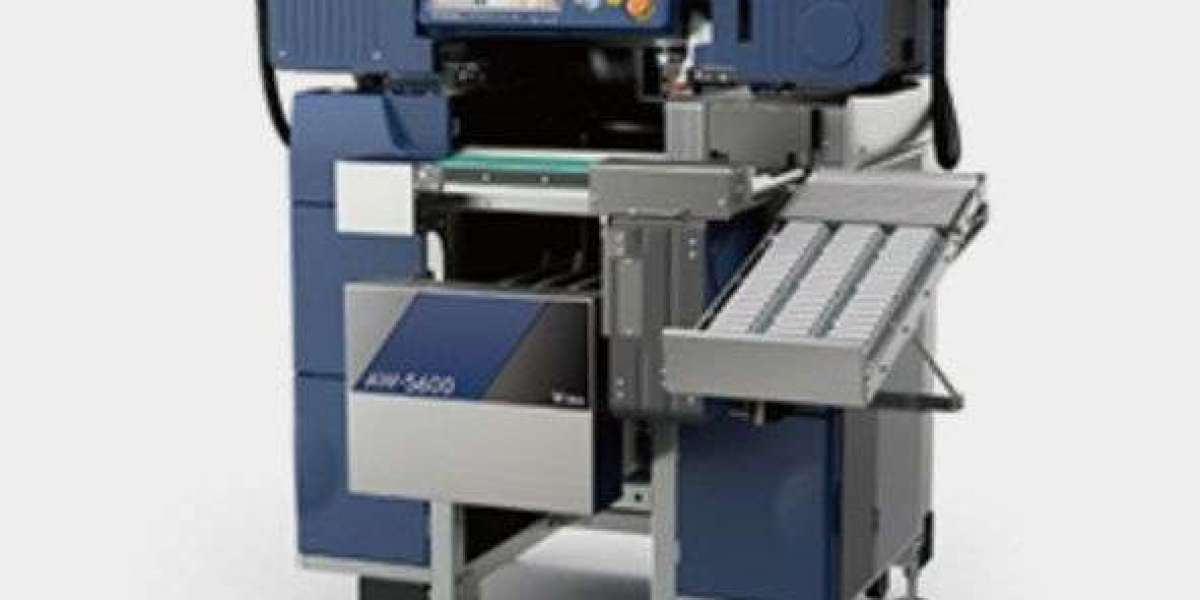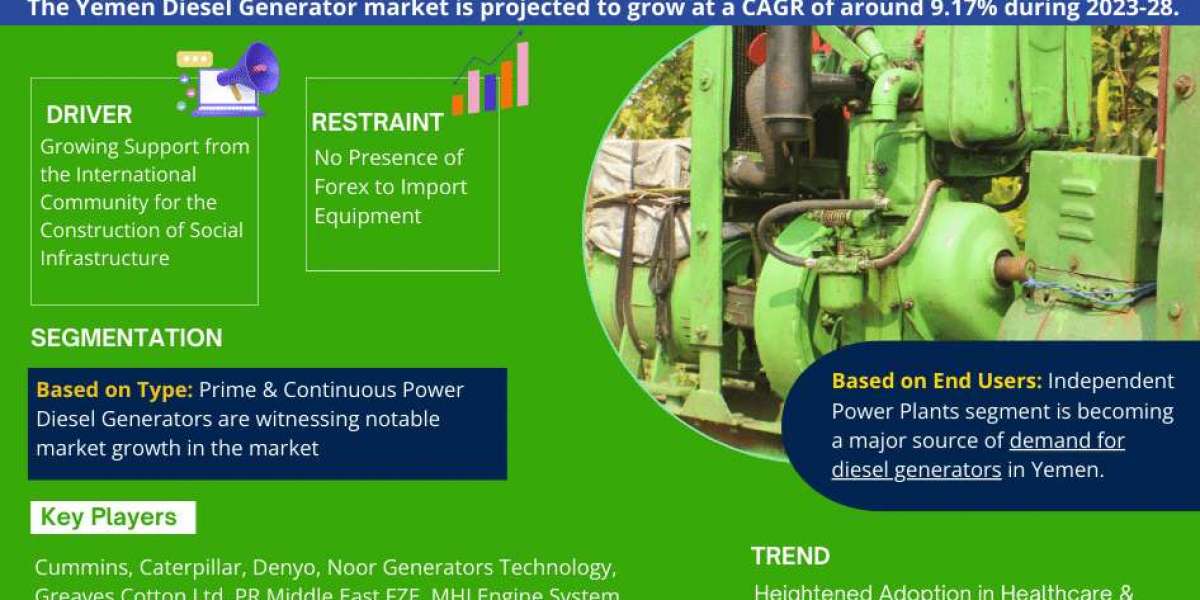Choosing the right packaging machine for your business is a significant decision, as it impacts productivity, cost-efficiency, and the quality of your products. With many packaging machine options available today, it’s essential to find one that fits both your operational needs and budget. For businesses in Singapore, investing in packaging equipment is a big step, so it’s important to understand the key factors that should guide your choice. In this article, I’ll walk you through everything you need to know before making a purchase to ensure you select the best machine for your needs.
Key Considerations When Buying a Packaging Machine
1. Define Your Packaging Needs
The first step in selecting the right machine is to understand your specific packaging requirements. Take into account factors like the type of product, the packaging material you plan to use, and your production volume.
Product Type: Liquid, powder, solid, or granular products may need different types of packaging machines.
Material Compatibility: Ensure the machine can handle the materials you plan to use, such as plastic, glass, or cardboard.
Volume and Speed: Determine the machine’s packaging speed, and whether it aligns with your production goals.
2. Evaluate Machine Types and Features
There are various types of packaging machinery available, each designed for specific tasks. Knowing the main features and functions of these machines can help you narrow down the choices.
Filling Machines: Ideal for liquids and granular products.
Sealing Machines: Essential for creating airtight seals.
Labeling Machines: For attaching labels to products.
Wrapping and Cartoning Machines: Useful for bulk packaging needs.
Each machine type offers unique features that can enhance efficiency, so choose one that will best meet your specific requirements.
3. Consider Machine Size and Space Requirements
It’s easy to overlook, but the size of your packaging machine should fit within your facility. Measure your available floor space and choose a machine that won’t crowd your workspace.
Compact Machines: Great for smaller spaces or low-volume needs.
Larger Machines: Suitable for high-production needs but require ample space.
4. Think About Ease of Use and Training
For smooth operation, look for machines that are user-friendly and easy to train staff on. Machines with intuitive controls and clear instructions reduce the learning curve and increase efficiency.
User Interface: A straightforward interface will allow staff to adjust settings easily.
Training Resources: Some suppliers offer training; inquire about this option if you’re introducing a new machine to the team.
The Role of Maintenance and After-Sales Support
Maintenance and technical support are critical considerations when buying a packaging machine. Ensuring that you have access to quality after-sales support can save time and money in the long run.
1. Check Maintenance Requirements
Different machines require varying levels of maintenance. Make sure you’re prepared to meet these requirements to avoid downtime.
Routine Maintenance: Look for machines with minimal maintenance requirements.
Replacement Parts: Confirm the availability of spare parts and consumables.
2. Prioritize Reliable After-Sales Support
Packaging machinery can experience technical issues, especially under heavy usage. Check if the manufacturer provides reliable after-sales support in Singapore. This includes:
Technical Assistance: Accessible support for troubleshooting and repairs.
Warranty and Service Plans: Warranty coverage can offer peace of mind for long-term operation.
Calculate Your Budget and ROI
While packaging machines represent a significant investment, they often lead to cost savings over time through improved efficiency and reduced labor costs. It’s essential to calculate both the upfront costs and the long-term return on investment (ROI) to make an informed decision.
1. Initial Costs
Determine your budget and identify machines within that range, keeping in mind that high-quality machines may come at a higher initial cost but typically provide better longevity and performance.
2. Long-Term ROI
Calculate the expected savings in labor costs, increased production output, and reduced material waste. This can help you justify the purchase and ensure it aligns with your financial goals.
Conclusion: Making an Informed Packaging Machine Purchase
Investing in a packaging machine is a strategic decision that can significantly enhance your business’s operational efficiency. From defining your needs to evaluating machine types, maintenance, and after-sales support, each factor plays a role in finding the best equipment for your packaging requirements. Remember, taking the time to assess these aspects will help you make a purchase that supports your business goals, saves time, and maximizes your ROI.








